Engineered power generation solutions play an important role in customizing power plant designs, ensuring optimal performance and efficiency of the model. This approach considers various factors like environmental considerations, energy requirements, and other operational needs. Hence, it is obvious that engineered solutions play a pivotal role in designing power plants according to the project requirements.
Here are some key aspects of why engineered solutions are important in customized power plant design.
Table of Contents
Customized to Unique Requirements
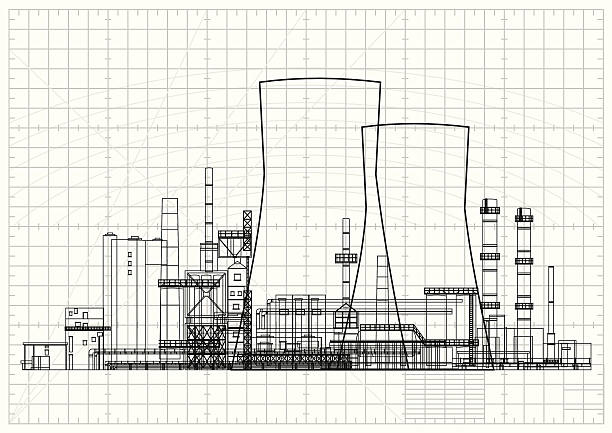
Customizing power plant designs to unique requirements is an important aspect of engineered solutions, ensuring that the facility aligns with specific needs and operational parameters. This customization involves a thorough understanding of the project’s features, considering factors ranging from energy demand patterns to environmental considerations. Here is the process involved:
- Energy Demand Analysis: Customization begins with an analysis of energy demand. Factors such as peak load requirements, base-load demands, and fluctuations are examined to determine the most suitable capacity and configuration for the power plant.
- Fuel Selection and Availability: Depending on local resources and environmental considerations, the choice of fuel is important. Custom design evaluates the availability, cost, and sustainability of various fuels, be it traditional fossil fuels or renewable options like solar or wind.
- Grid Integration and Stability: Tailored designs account for the power plant’s integration into the existing grid infrastructure. This involves evaluating grid stability, voltage regulation, and frequency control mechanisms to ensure seamless connectivity and optimal performance within the energy network.
- Environmental and Regulatory Compliance: Unique requirements often include following specific environmental standards and regulations. Customization includes technologies for emission control, waste management, and sustainability practices to meet these standards.
- Load Variations and Flexibility: Tailoring power plants consider load variations and the flexibility required to adapt to changing energy needs. Smart technologies and responsive systems are integrated to handle fluctuations in demand and ensure consistent energy delivery.
Efficiency Optimization
Efficiency optimization is a critical aspect of engineered solutions in custom power plant design, focusing on maximizing the effectiveness of energy conversion processes, minimizing losses, and ensuring the overall performance of the facility. This optimization contributes to enhanced operational efficiency, reduced environmental impact, and improved economic viability. The strategies involved in this phase include:
- Advanced Turbine and Generator Selection: Choosing high-efficiency turbines and generators is important for efficiency optimization. Custom designs evaluate the latest advancements in turbine technology, considering factors such as thermal efficiency, conversion rates, and durability to maximize overall energy output.
- Combined Heat and Power (CHP) Systems: Efficiency is boosted by integrating Combined Heat and Power systems, also known as cogeneration. CHP systems capture and use waste heat produced during power generation for heating purposes, thus maximizing the utilization of energy and reducing overall energy waste.
- Smart Control and Automation: Incorporating smart control systems enhances efficiency by optimizing operational parameters in real-time. Automation technologies adjust settings based on demand fluctuations, load variations, and environmental conditions, ensuring that the power plant operates at efficiency levels.
- Heat Recovery Systems: Efficiency optimization includes the integration of heat recovery systems. These systems capture and reuse waste heat from various processes, improving the overall thermal efficiency of the power plant and minimizing energy losses.
Reliability and Resilience
Reliability and resilience are important considerations in the design of custom power plants, ensuring consistent performance and the ability to check unforeseen challenges. The reliability of a power plant depends on its capacity to consistently generate electricity under normal operating conditions, minimizing downtime and disruptions.
Engineered solutions focus on selecting robust components, implementing regular maintenance schedules, and employing advanced monitoring systems to identify and address potential issues proactively.
Custom designs integrate redundant systems, backup power sources, and smart grid technologies to enhance resilience, reducing vulnerability to disruptions and contributing to grid stability. By prioritizing reliability and resilience, engineered solutions ensure a dependable power supply and fortify the power plant against the uncertainties inherent in the dynamic energy landscape, ultimately promoting sustainable and uninterrupted electricity generation.
Technology Integration
Technological integration stands as the primary element in the design of custom power plants, driving efficiency, adaptability, and overall performance. Engineered solutions use cutting-edge technologies to optimize various aspects of power generation.
Advanced control systems include artificial intelligence and machine learning, enabling real-time monitoring and enhancing efficiency and responsiveness.
The integration of these technologies improves the overall efficiency of power plants and positions them to adapt to evolving energy landscapes.
Environmental Compliance
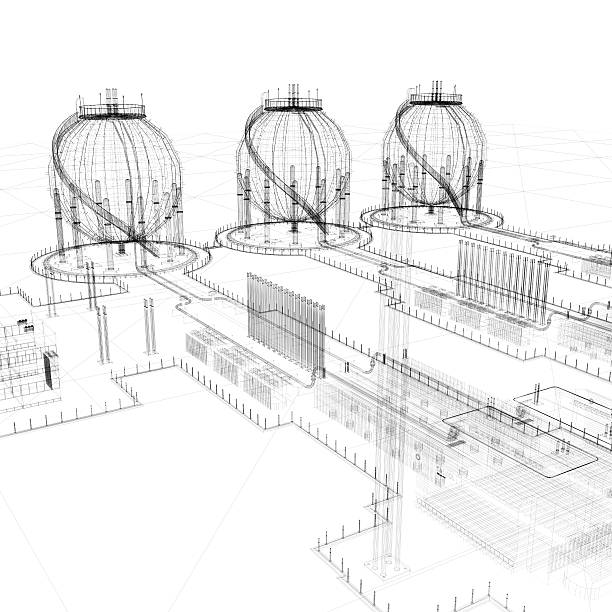
Environmental compliance is an important aspect of engineered solutions in custom power plant design, focusing on the integration of technologies and practices that minimize the environmental impact of power generation. A maintenance checklist for your power generation sources is an important aspect to be considered for compliance with environmental standards.
This aligns power plants with regulatory standards, enhances sustainability, and promotes responsible energy production. The key strategies involved include:
- Carbon Capture and Storage (CCS): Custom designs explore the feasibility of Carbon Capture and Storage technologies, which capture carbon dioxide emissions produced during power generation.
- Renewable Energy Integration: To meet environmental standards, custom power plants often integrate renewable energy sources such as solar, wind, or hydroelectric power.
- Sustainable Fuel Selection: Engineered solutions evaluate and select fuels based on their environmental impact. This involves assessing the life cycle emissions of different fuels and opting for those with lower carbon footprints, such as natural gas.
See related: Estimating generator determines size needs
Actionable Adverbs
Engineered solutions offered by Mid America Engine are the ultimate answers in the field of customized power generation, where all your energy requirements can be met with expertise. Having completed projects like large gas turbine prime power plants, both in the US and internationally, we know what it takes to curate solutions for custom power plants. Connect today and get industry experts to handle your tasks!
Common Questions about The Role of Engineered Solutions in Custom Power Plant Design
Q1. What is the importance of custom power plant design?
Custom power plant design is important because it tailors the facility to specific requirements, optimizing efficiency, reliability, and environmental compliance. It ensures the power plant aligns with the unique needs and operational parameters of its location.
Q2. How do engineered solutions contribute to efficiency optimization in power plants?
Engineered solutions enhance efficiency by including advanced technologies, such as smart control systems, combined heat and power (CHP) systems, and variable speed technologies. These technologies maximize energy conversion processes, minimize losses, and improve overall performance.
Q3. How do custom designs address environmental compliance in Power Plants?
Custom power plant designs prioritize environmental compliance by integrating emission control systems, carbon capture and storage (CCS) technologies, and renewable energy sources.
Q4. What role does resilience play in custom power plant design?
Resilience is important in custom power plant design as it ensures the facility’s ability to recover swiftly from disturbances. This involves the integration of redundant systems, backup power sources, and smart grid technologies to enhance the power plant’s ability to detect unforeseen challenges.
Q5. How does technological integration contribute to the efficiency of power plants?
Technological integration enhances efficiency by incorporating advanced control systems, artificial intelligence, machine learning, smart sensors, and IoT devices. These technologies enable real-time monitoring, predictive maintenance, and adaptive responses, optimizing overall power plant performance.
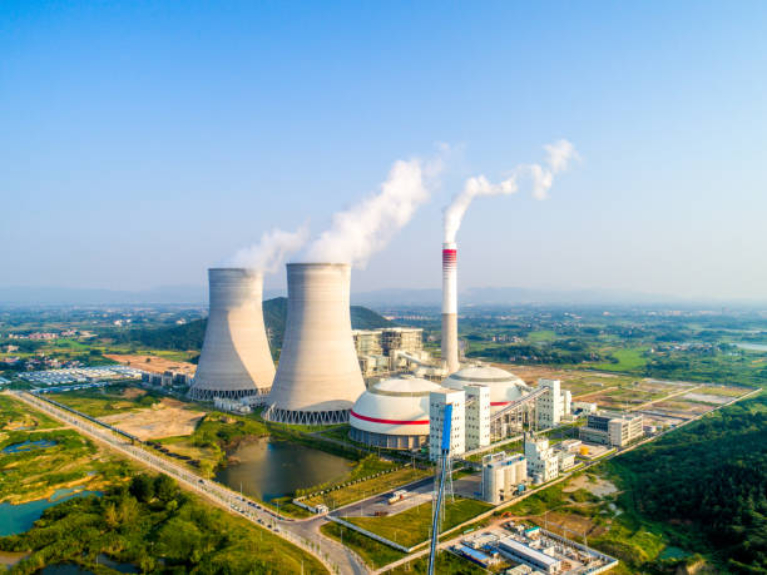


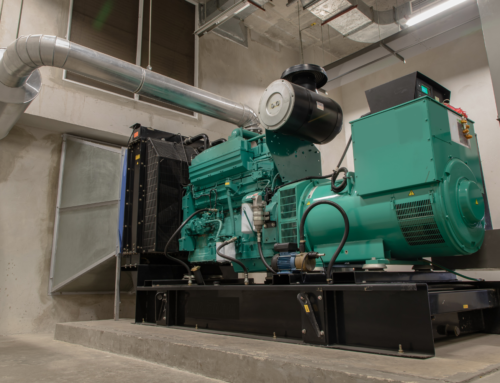
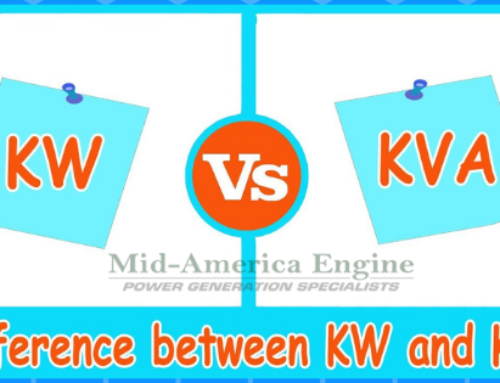
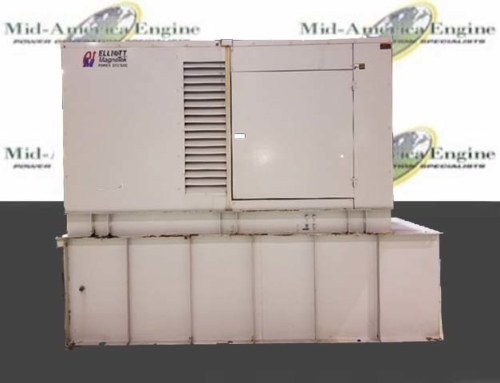
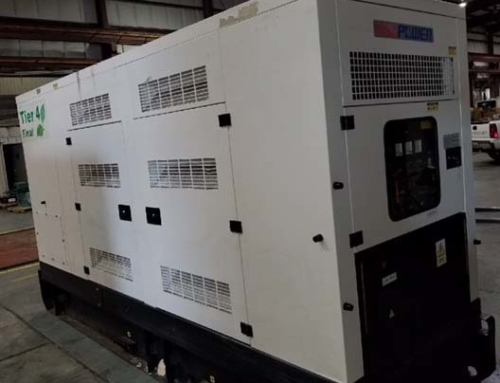






Leave A Comment